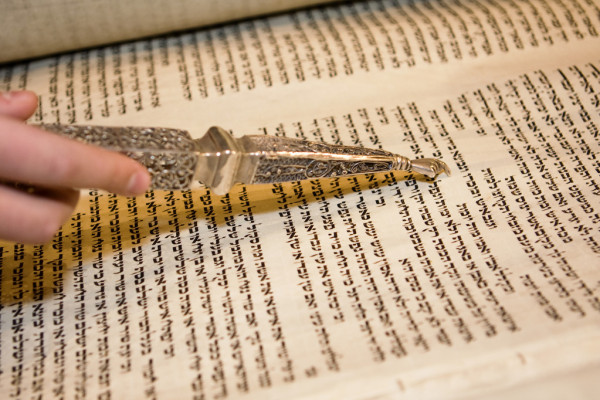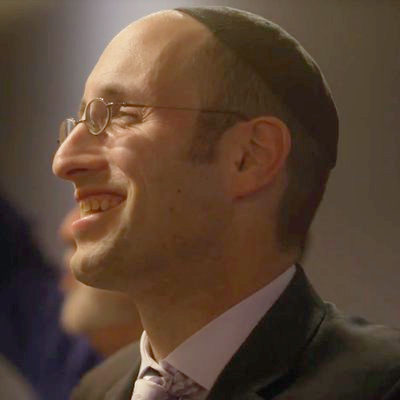A Former Catholic Dances With the Torah
For Jews, the people of the book, sacred text is more than law; it is our friend.

Stephen Dubner, a co-author of “Freakonomics,” is the son of Jewish parents who converted to Catholicism and raised him in their newfound faith. Mr. Dubner’s 1998 memoir, “Turbulent Souls,” recounts his later return to Judaism. His turning point came when his then-girlfriend suggested that he visit a synagogue. Mr. Dubner did so reluctantly, and on arriving instantly regretted the decision, surprised by “how little it felt like Church,” and feeling “like an intruder, perhaps an imposter.”
Then the Torah came out of the ark. Suddenly, Mr. Dubner writes, “The air itself seemed to grow lighter, easier to breathe.” As all in attendance hurried over to kiss the scroll bearing the first five books of the Hebrew Bible, he did likewise. “A resonance, a gratefulness, a relief, blistered its way inside me: It is the book they are venerating here.” Mr. Dubner today has a Jewish family. His son, Solomon, is named for Mr. Dubner’s father, who went by Paul. His rediscovery of his roots began with a synagogue experience: “The way a Jew greeted the Torah, as though it contained everything he would ever need, everything that had ever been known or could ever be known.”
The Torah scroll is the most sacred object of Jewish life and the centerpiece of its Sabbath service. Every week it is escorted from the dark. A portion is read aloud in the synagogue, and the scroll is reverently returned to its place. On the next Sabbath, we pick up the text where we left off; and this weekend, on a holiday known as Simchat Torah, or “The Joy of the Torah,” we achieve the annual completion of the scroll.
Continue reading at the Wall Street Journal [subscription required]
For Jews, sacred text is more than law; it is our friend.
For Jews, sacred text is more than law; it is our friend.

